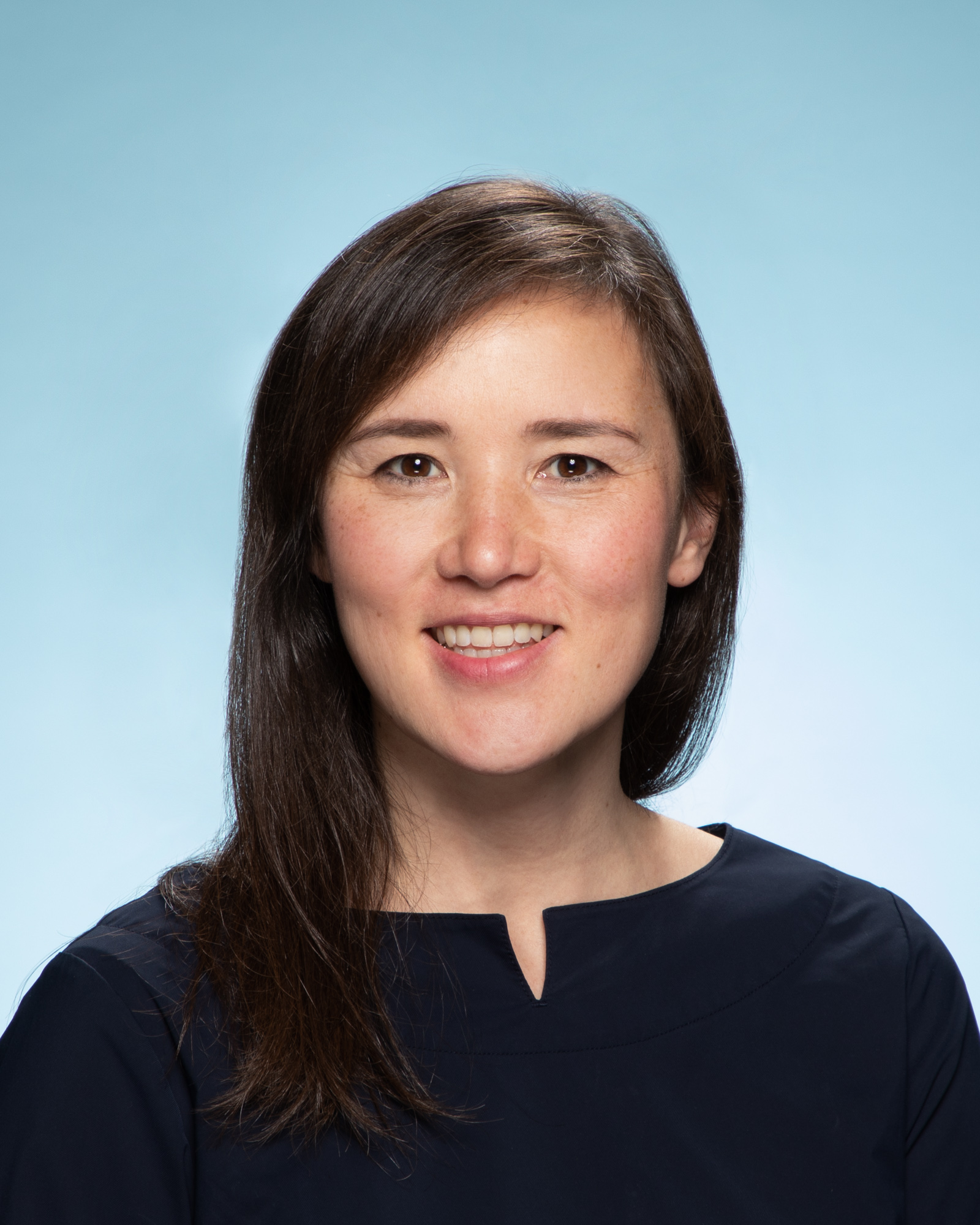Cited By
View all- Zhang TLiu TDutta NChen YSu RZhang ZWang WWang C(2025)Toolpath generation for high density spatial fiber printing guided by principal stressesComposites Part B: Engineering10.1016/j.compositesb.2025.112154295(112154)Online publication date: Apr-2025
- Zhi YChai HTeng TAkbarzadeh M(2025)Automated toolpath design of 3D concrete printing structural componentsAdditive Manufacturing10.1016/j.addma.2025.104662100(104662)Online publication date: Feb-2025


